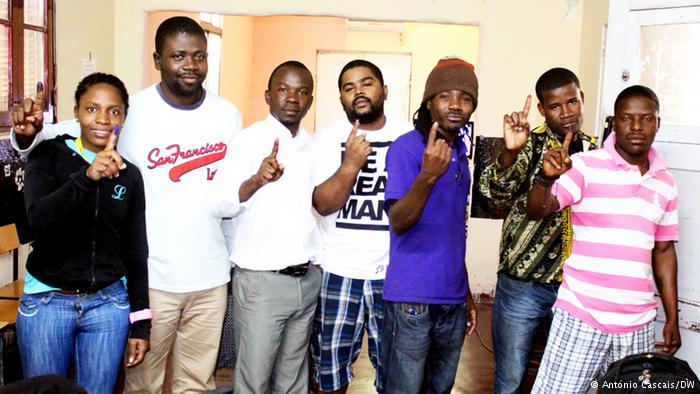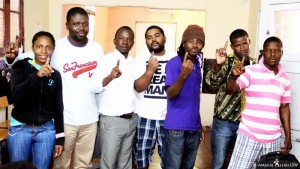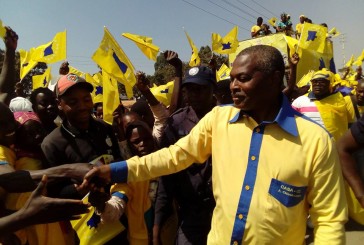



By Florindo Chivucute || For decades, Angolan youth were recruited by both the Angolan’s Armed Forces (FAA) and the National Union for the Total Independence of Angola (UNITA),to fight during the civil war that lasted almost three decades. After the end of the 27-year civil war, more than 118 ex-combatants were demobilized and many young former combatants without any technical or academic skills were left to fend for themselves,(World Bank report, 2003). Despite the exceptionally high, rapid economic growth that Angola has experienced after the end of the civil war, the country is still facing high unemployment (in particular among youth), extreme poverty, lack of quality educational and health care services and environmental degradation.AsNirit Ben-Ari(who is a writer and social media editor at United Nations)“Angola’s economy grows, but what about the poor?,” put it, ”as major public infrastructure investments in energy and transport kick in, Angloa’s growth is projected to reach 7.9% in 2014 and 8.8% in 2015. Yet, the United Nations Development Programme (UNDP) reports that around 36% of Angolans live below the poverty line and one in every four people is unemployed” (The Africa Report, 2014). In 2011, a group of youth formed a YouthMovement (YM) in Luandaand started to mobilize Angolans and raise awareness about various political, social and economic problems that many people arefacing throughout the country. Indeed, the rise of the YM in Luanda marked a new era for the civil society since Angola became independent in 1975.
The aim of this paper is to help us understand the dynamics of urban youth activism in Luanda by examining thetactics that the Youth Movement(YM) are using in Luanda since 2011 in order to socially navigate and mobilize the masses and raise awareness about various political, social and economic problems that many are facing throughout the country. In order to explore these themes, I will examine the dynamics of social movement diffusion in Luanda, specifically why and how urbanyouth social movements choose their tactics andstrategiesto make their voices heard.This paper will not examine all the social movements in Angola; rather it will focus only in Luanda as noted above. This paper will benefit from a multiple sources of data; articles, documents, videos and narrative account of participant’s history, will be analyzed. Before proceeding further, it is worth to take a moment and briefly examine Angola’s history and it’s main current social and political issues to help us fully understand the current political, economic and social equation.






